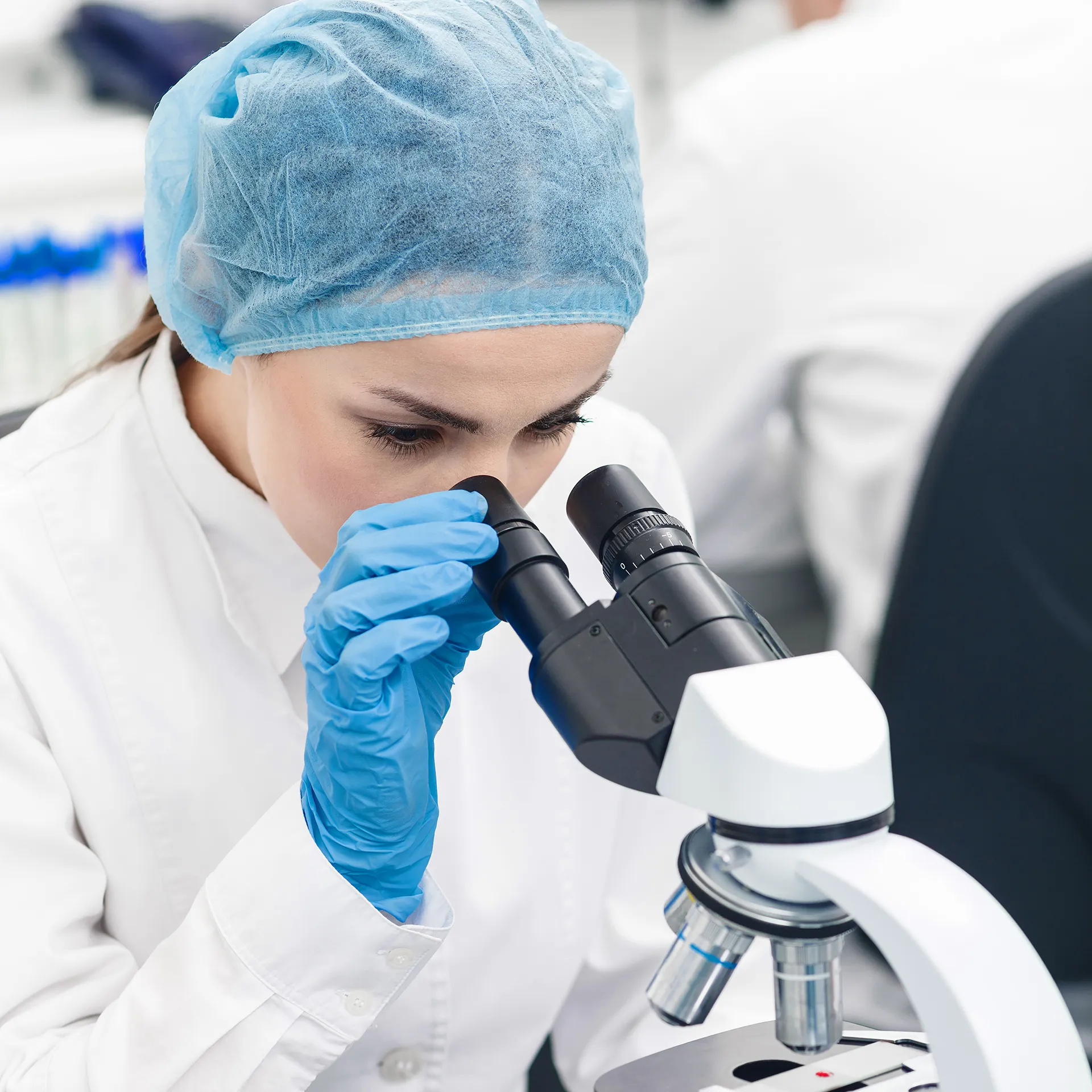
At ERBC, we are committed to providing cutting-edge pathology services that meet the highest standards in the pharmaceutical, biotech, chemicals, and medical device industries. Our multidisciplinary approach, combined with extensive expertise in preclinical evaluations, ensures that we deliver results you can trust. Our pathology services offer accurate, reliable, and timely insights to drive your research forward.
We offer a broad range of pathology services to support the entire product development process. From early-stage drug development to regulatory safety assessments, ERBC provides precise, efficient, and reliable insights. Our expert team utilizes both traditional and advanced techniques, including the latest digital pathology solutions, to ensure optimal outcomes for your preclinical research.
Our Pathology Services Include:
These services are designed to provide you with accurate and timely information to support the safety, efficacy, and regulatory compliance of your products, helping to de-risk your development process.
Our pathology team combines decades of expertise with the latest scientific advancements. We understand the complexity of disease mechanisms and offer specialized services across various therapeutic areas, including oncology, neurology, and dermatology. Whether you need support in early-stage drug development or safety assessments for agrochemicals and medical devices, we tailor our services to meet your specific needs.
Our Expertise Covers:
We are proud of our in-depth understanding of pathology, and we provide strategic guidance to help you navigate through every stage of development, ensuring optimal safety and efficacy outcomes.
In addition to our traditional pathology services, ERBC is leading the way in the adoption of Digital Pathology. This innovative technology enhances accuracy, efficiency, and collaboration in preclinical research, providing significant advantages in toxicology and other specialized studies.
Why Digital Pathology Matters:
Why Digital Pathology Matters:

With Patholytix:

The new era of digitalization

Collaboration and Remote Access

Enhanced Efficiency and Speed

Immediate communication, sharing of images and expedited reporting will speed up your study outcomes!